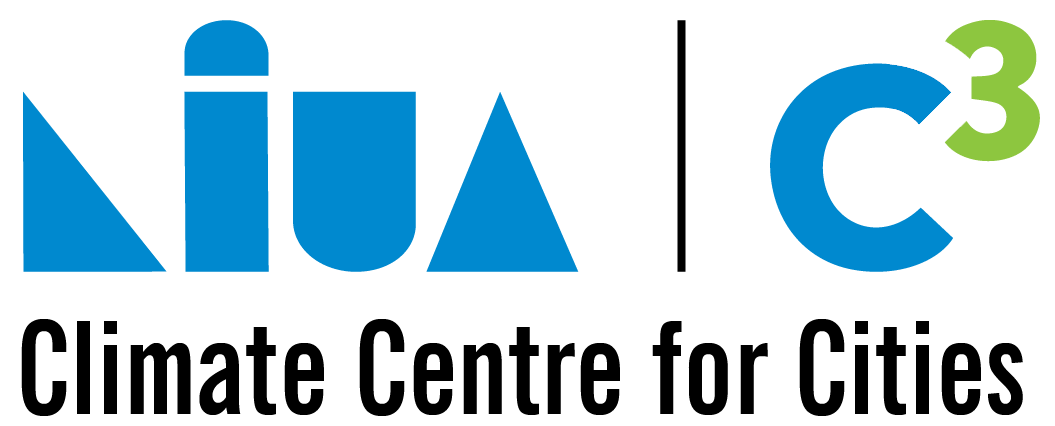Tackling Transport Emissions
Published On:
Thursday, December 31, 2020
Transport sector is a significant contributor and hence tackling emissions from this sector will go a long way in reducing the overall air-quality problems of the city and the region.
Let’s look at Delhi, a range of emission inventory and source apportionment studies have been carried out for the NCT Delhi in the past few years (CPCB 2010; IIT Kanpur 2016; TERI 2018; Guttikunda 2018). These studies suggested that on-road vehicular exhaust emissions account for 9% to 38% of PM2.5 emissions in Delhi.
TERI’s study found that on-road vehicles are responsible for 24-25% and 15-17% of PM10 pollution in winter and summer, respectively. For PM2.5, the contribution of on-road vehicles was 28-30% in winter and 17-20% in summer. 81% of NOx pollution was from the on-road vehicles in Delhi. The study by IIT Kanpur revealed that the transport sector is the second-largest source and, in winter, contributes 19.67% and 25.14% of PM10 and PM2.5 respectively. CPCB’s study identified 6.6% of PM10 and 17.5% of NOx emissions to be coming from the transport sector. The study carried out by Nagpure et al. (2016) found that heavy commercial vehicle (HCVs) are the major contributor to PM10 emissions (33- 43%), followed by light commercial vehicles (LCVs), two-wheelers, and cars in the NCT of Delhi.
A comprehensive strategy to tackle emissions would typically entail a four pronged strategy:
-
Shifting more people to public and shared transport and walking and cycling.
-
Reducing tail pipe emissions by transitioning to electric vehicles and by improving management of on-road polluting vehicles using tools like PUC, age of vehicles, etc.
-
Improving traffic flow through improved traffic engineering and street design.
-
Reducing the demand for personal motorised travel and spreading peak hour/period travel across the day.
A city like Delhi will need to develop a strategic plan to tackle air pollution. The Strategic plan will help prioritize projects based on ease of implementation, extent of impact, capital available. A strategic plan will typically include strategic projects that require capital investments, changing current processes and practices (such as designing and constructing streets), campaigns on reducing unnecessary travel or enforcement to ensure pollution control certificates are regularly done, etc. The strategic plan should also include initiatives to experiment, develop proof of concepts to measure the efficacy of the undertaken projects.
This blog identifies four special empirical initiatives that should be made part of the strategic plan to tackle emissions from transport.
-
Estimating Emissions from Vehicular Fleet:
Electrification of transport is a recommended strategy for cities. If a city decides to incentivize electrification of its freight auto rickshaws or electrifying all two stroke motorcycles, it needs to be able to estimate the reduction in emissions, criteria pollutants and energy to evaluate the efficacy of implemented strategy.
Today cities are not able to estimate reduction in emissions due to unavailability of reliable data leading to large uncertainties in evaluating the efficacy of implemented strategies. Information regarding vehicle use, type of fuel used, age distribution of vehicles, etc., is scarce in India, because of which estimates of fuel consumption and vehicular emissions from different vehicle types are unreliable. The ASIF (vehicle Activity – modal Share– fuel Intensity– emission Factor) methodology is typically used to develop these estimates. Reliable data on in-use fleet size, annual mileage (kilometres per year), fuel efficiency of cars and motorised two-wheelers (MTW) is not available. Emission factors, factors used to estimate emissions per kilometre are available only from 2005 onwards. This data is not available for older vehicles.
-
Personal Exposure to Air Pollution
Eventual goal of an air pollution strategy is to reduce individual’s exposure to criteria pollutants like black carbon. As per previous studies, individuals are exposed to 2-5 times higher concentration of criteria pollutants in transport. An average individual spends less than 10% of their day in transport but 25-40% of their exposure happens during that time. The real efficacy of urban transport strategy will be when personal exposure to air pollution is reduced. Individuals on bicycles, motorcycles, auto rickshaws which are closer to the ground have higher exposures. Individuals in closed vehicles, vehicles with high seats like buses have relatively less exposure. If a certain strategy is adopted, before and after measurements of personal exposure to individuals should be computed to evaluate success. Reducing personal exposure should be modelled and considered while choosing alternative strategies.
-
More than 50% of particle pollution from brake, tyre and road surface wear
A recent study by UK government’s Air Quality Expert Group said particles from brake wear, tyre wear and road surface wear directly contribute to well over half of particle pollution from road transport. Dust from car brakes and tyres will still pollute city air even when the vehicle fleet has gone all-electric. No legislation is currently in place specifically to limit or reduce these particles. So, while legislation has driven down emissions of particles from exhausts, the non-exhaust proportion of road traffic emissions has increased.
-
Road Dust
A range of studies on Delhi’s air quality agree that road dust is the top contributor to PM2.5 in the city. Delhi’s location and climatic conditions are often cited as a reason for the dust, but experts suggest that dust levels are more in-situ and less windblown. A range of strategies are available to reduce road dust including mechanised sweeping, stringent norms for construction sites, eliminating traffic movement on unpaved roads, increasing tree cover and use of sprinklers to keep dust down. Strategies should first be tested through setting up proof of concepts and pilots where before after measurements are made to evaluate efficacy. Based on the extent of success full-fledged scale up programs can be then designed.
Way Forward
Methods, intellectual capital and funding needed to develop these special initiatives are available. However, it will require a systematic program with good scientific integrity to execute it. It will require a period of 4-5 years and that much time should be committed. The CPCB or one of its affiliate organisation in partnership with academic institutes should be entrusted to lead this effort. Tackling these challenges will assist cities in tackling emissions from transport.
Contact Us
1st and 2nd Floor, National Institute of Urban Affairs
India Habitat Centre Lodhi Road New Delhi-110003
Please Call Help Desk at 011-411-86699
Monday - Friday, 9:00 AM - 5:00 PM
Please write to us at c-cube@niua.org






Post a Comment